Imagine you are bushwalking in one of Canberra's many national parks. You trip on a rock and fall down a hill and break a bone.
With limited phone reception and no one else around for kilometres, you become stuck.
Eventually, when you don't come home, your family and friends begin to worry. They call the police and an official search for you begins.
Have you ever thought about what would go into such a search for a missing person?
ACT Policing certainly have, as they undergo an annual assessment to test their preparedness for crises like a missing bushwalker.
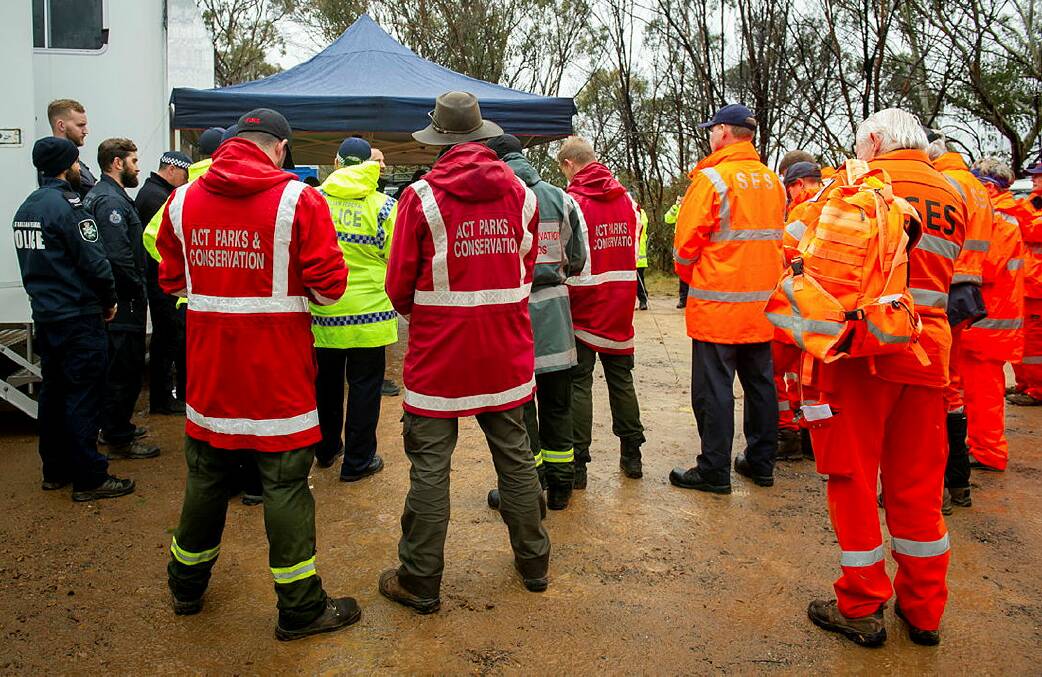
Together with Canberra's emergency services, ACT Policing set out in Namadgi National Park to locate a missing person in a fake scenario to test their skills earlier this month.
The orchestrated search is for fake 50-year-old Bill Townsend who was bushwalking and looking for the Namadgi wasp when he went missing.
The territory's Emergency Services Agency (ESA), Ambulance Service, Fire and Rescue, State Emergency Service (SES) and Rural Fire Service have all been called in to assist in the search.
Due to the search being on national park land, parks and conservation have also been called.
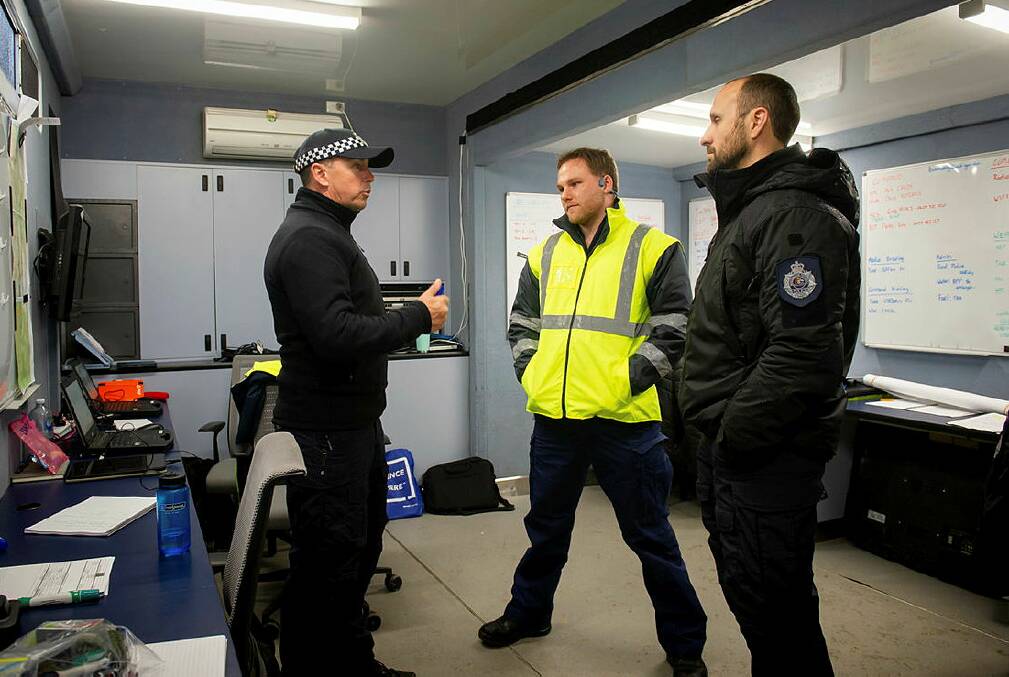
Inspector in charge of specialist response for the Australian Federal Police Matt Reynolds said police carried out fewer search and rescue operations during COVID but eased restrictions saw more people needing help.
"So recently, we've had a couple of what I would call searches in rescues, so people have been injured and firstly we have to locate them and then walk them out. Occasionally, we were able to use the airframes," he said.
Inspector Reynolds also suspects more search and rescue operations will need to be done later in the year as warmer weather draws more people outside.
Police search and rescue have access to everything from four-wheel drive vehicles, motorbikes and TOLL planes, but it is "the old chestnut of walking" that is used most often.
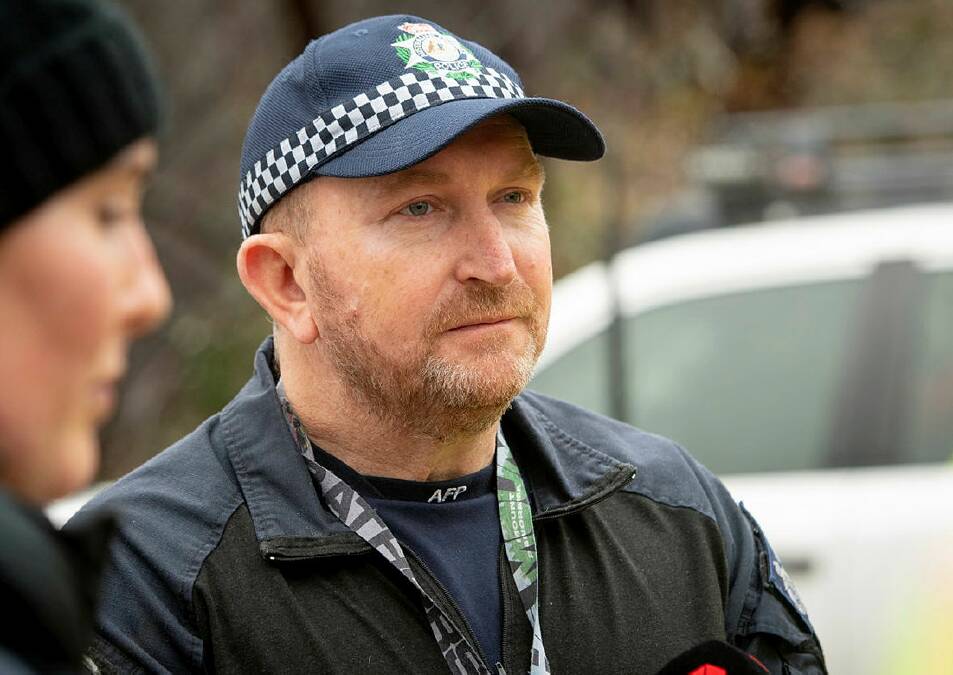
Just this month, a 23-year-old Canberra man was reported missing after he went skiing in Mount Kosciuszko National Park and did not return.
A three-day search, involving the NSW Police, members of the SES alpine search and rescue team and the National Parks and Wildlife Service, ended when they found the missing man dead and attempted to retrieve his body.
Inspector Reynolds said this inter-organisation coordination is "essential" for search and rescue.
"The AFP search and rescue team is only a small team. However, we rely on our partner agencies, with the SES, particularly with their volunteers," he said.
This kind of annual police exercise helps "solidify the relationships" between the groups and "build camaraderie".
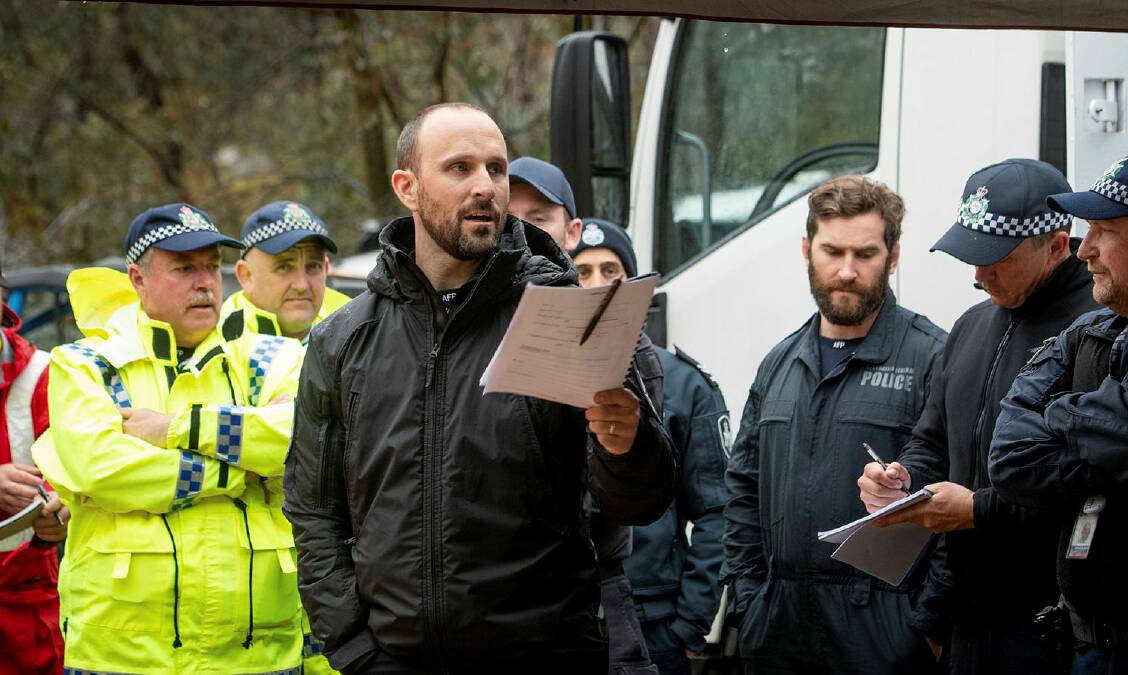
"It's a great way for us all to learn each other's capabilities, and also our limitations," inspector Reynolds said.
The search for Bill begins with a briefing from senior constable Ashley Childs, who explains the 50-year-old has been missing since 5.30pm on Wednesday, September 7 from near the nursery creek and rendezvous creek area, where he was alone.
Bill also left without wet weather or cold-water gear and only has a backpack, a tent and hiking boots.
He was previously with a friend who broke their ankle and was rescued by ACT Ambulance Service on Thursday night, but Bill is still missing.
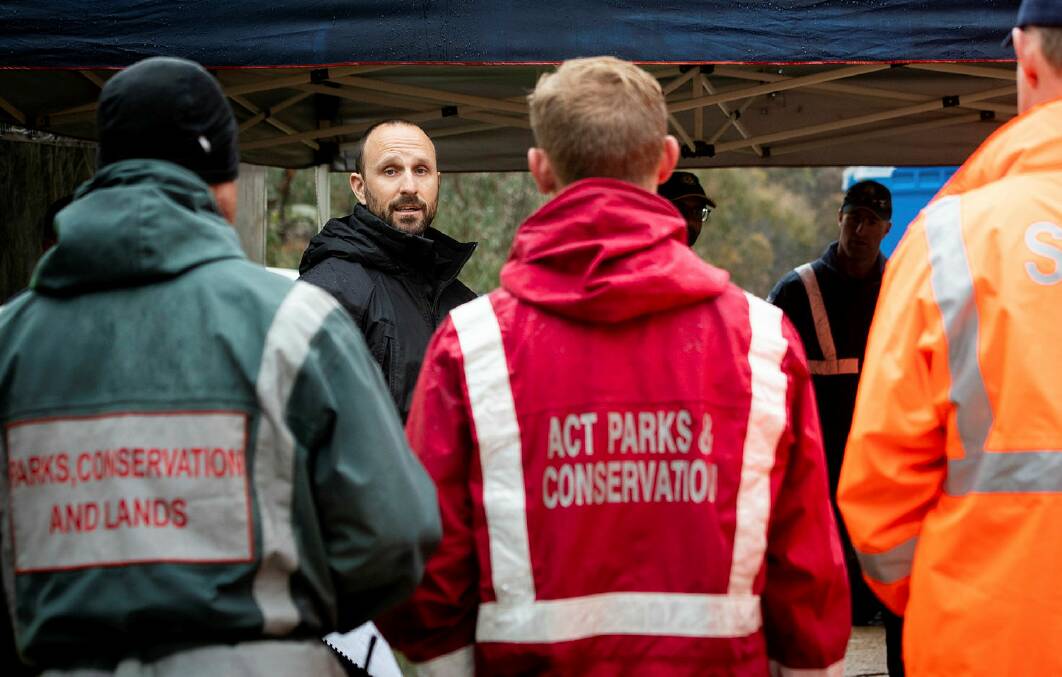
The entourage of emergency service workers is split into three teams, with each team searching two specific locations.
One travels south, another goes east to west, and a raft team scouts north to Bill's last known location.
Members of the SES are diligently taking notes and asking questions about mapping and radios.
They are told if you find an item, radio it in and if, in the unfortunate circumstance, you find a body use the code word avalanche.
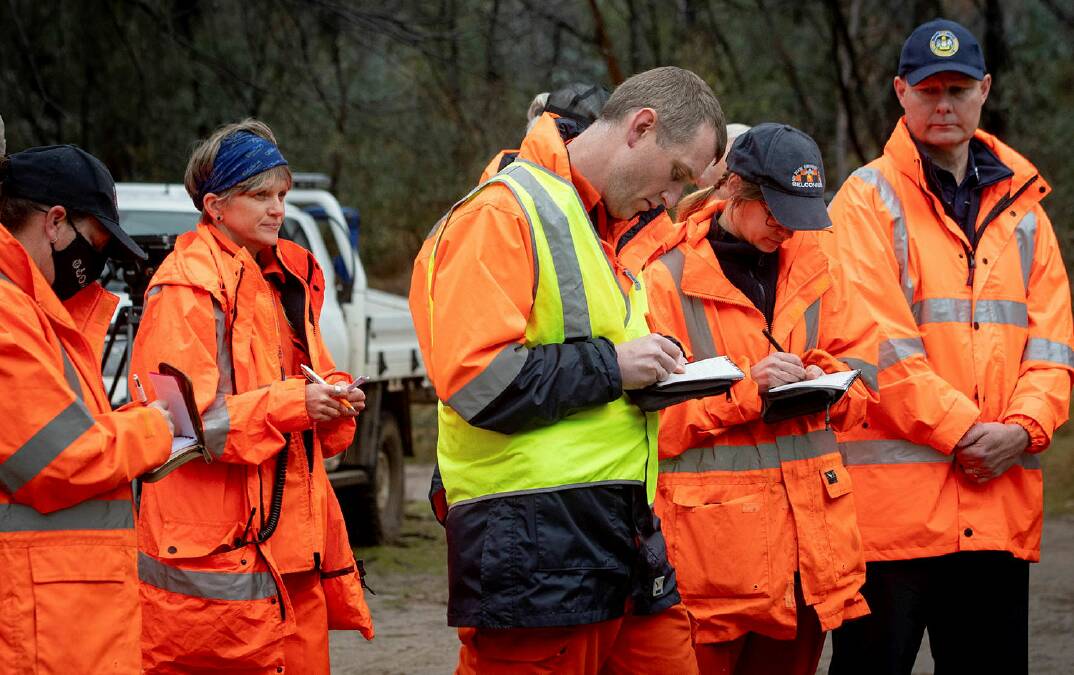
They eventually find Bill, who is an actual AFP volunteer, somewhere in the national park.
Just last year a group of trail runners had to be rescued from this national park after they were injured, Inspector Reynolds said.
"We couldn't get the helicopter in overnight, so the search and rescue team and SES spent the night with them, keeping them warm and basically keeping them alive, in my opinion, and then the missing injured parties were helicoptered out with the search and rescue team."
A small search will only be about two police cars, but they've bought out everything, including buggies and a communication truck to find Bill.
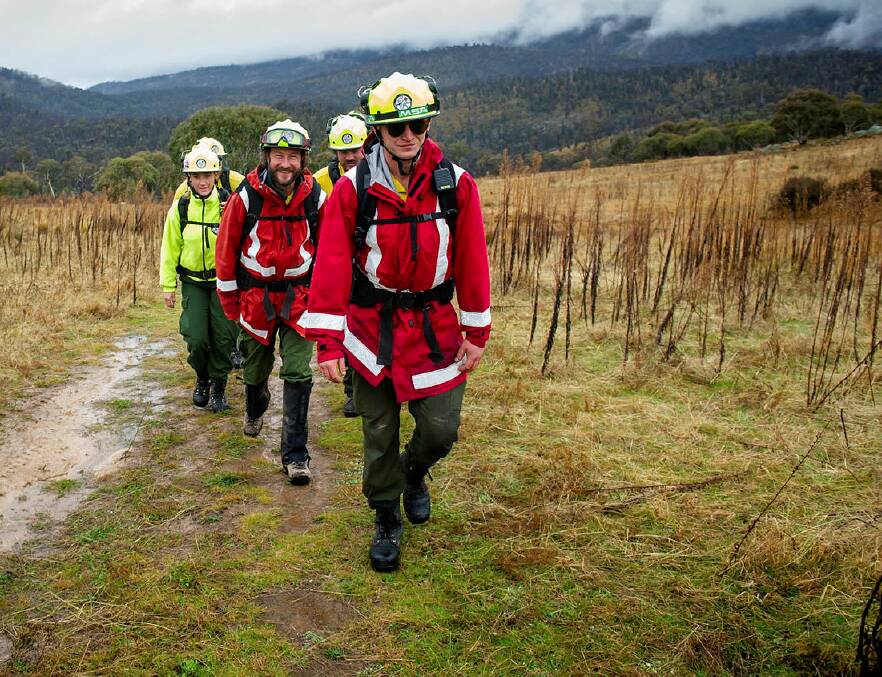
Inspector Rod Anderson, officer in charge of Tuggeranong Police Station, said it will be police from a response area like Tuggeranong that will have overall authority of what is "a multi-layered level of command" for this sort of incident.
One of their key roles in a search and rescue is keeping the family of the missing person updated.
"We may actually bring them out to an area nearby, so they can see the activity that's going on for themselves and a lot of the time that gives families a lot of comfort to know that all available resources and all efforts are going into looking for their loved one," inspector Anderson said.
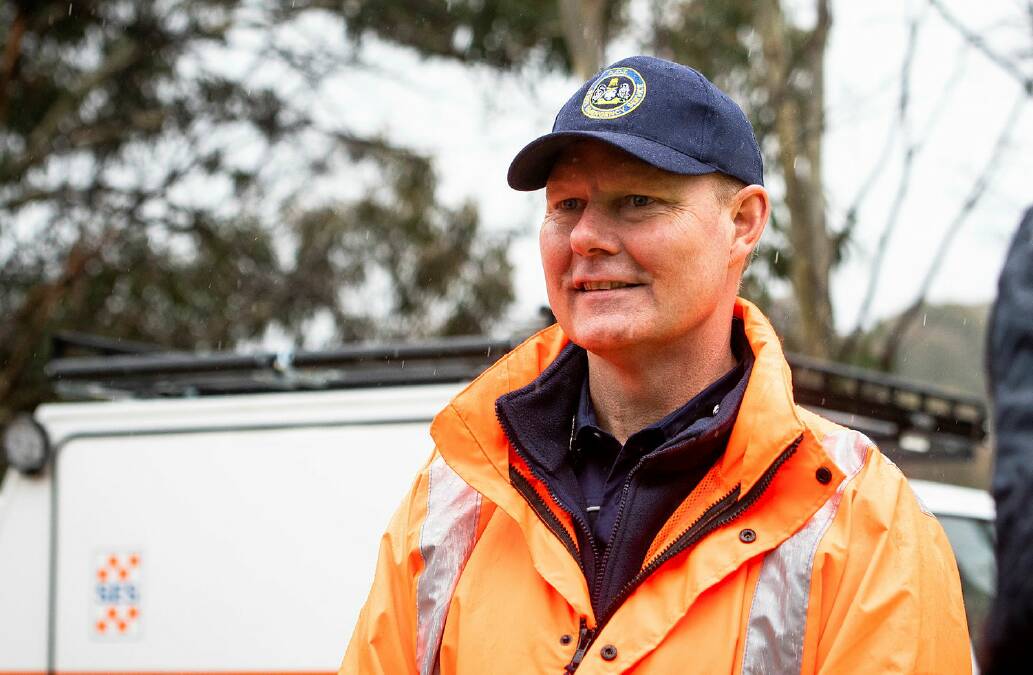
The weather is not ideal for a search and rescue on this particular day, it is raining and muddy, but SES chief officer Anthony Draheim calls it "a great SES day" and "typical SES weather".
"We've got some capability out here in support to the AFP. We do this regularly, in regards to the support that we've got," he said.
The SES has several crews that specialise in search capability and 30 volunteers will participate in this exercise.
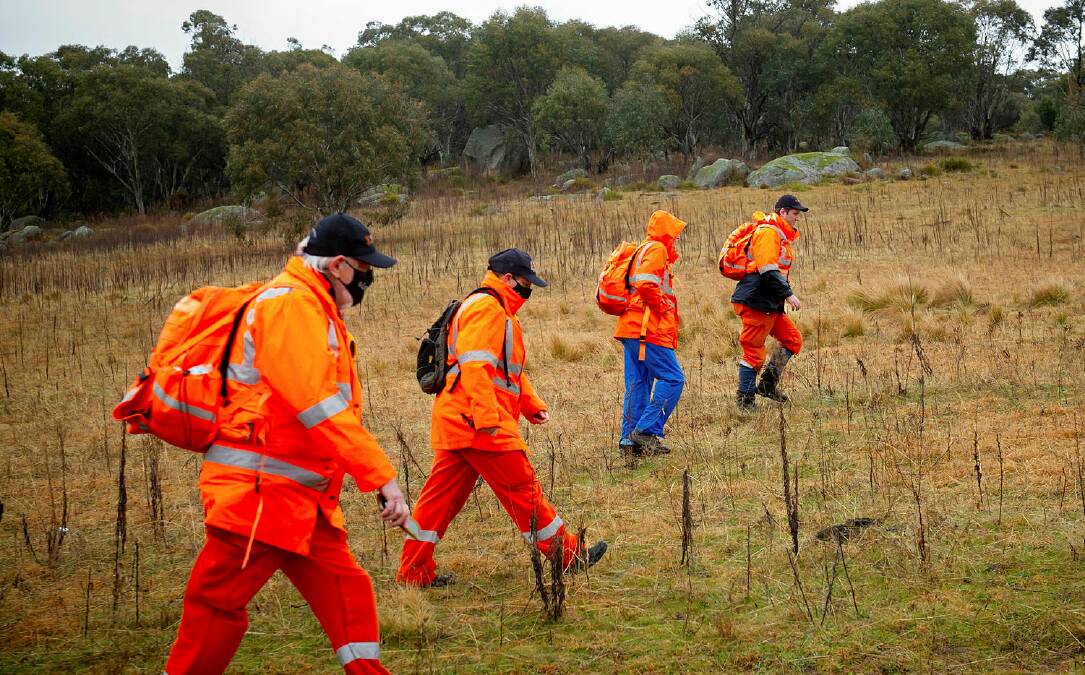
One of the vital techniques used to find missing people in dense areas is mapping, done by volunteers and service members for ACT emergency service.
"They do a fantastic job of providing support not just to the ESA, but to the wider communities and other services such as ACT policing," Mr Draheim said.
"These members are dedicated to providing maps, drawing maps, and also building maps in response to activities, such as a search activity and provide an in-depth response down to the lowest detail so you can actually map and then also target search areas."

Finding a missing person can take days and sometimes weeks, Mr Draheim said.
"We are really supportive of ACT policing, they manage the exercise, they control the exercise. We actually provide the staffing, the manpower, the bodies to actually do the search and that could be anything from eight or 10.
"Anywhere to 100 people if we're actually trying to search a large area. So it could actually take days, it could take five minutes," he said.







